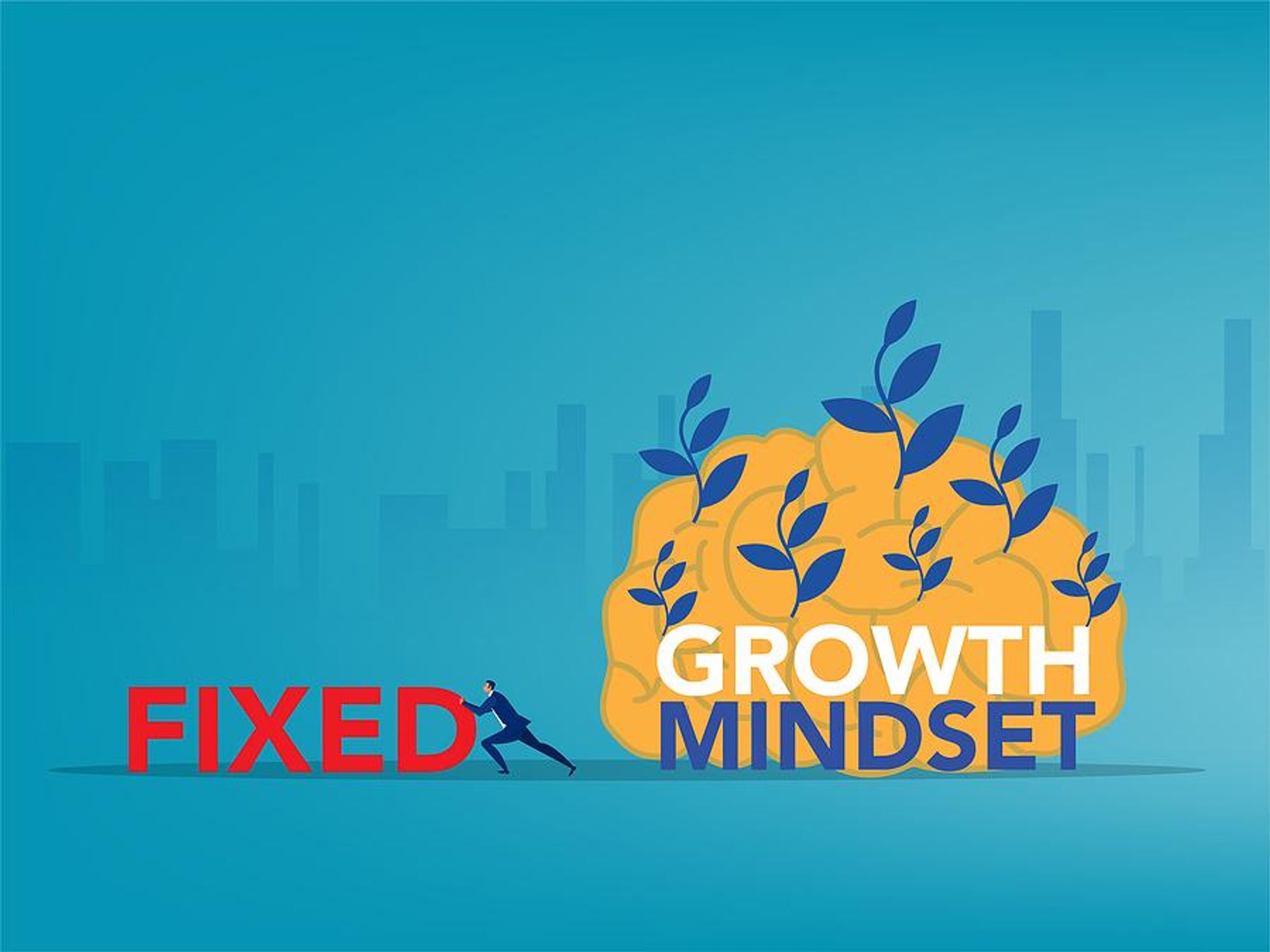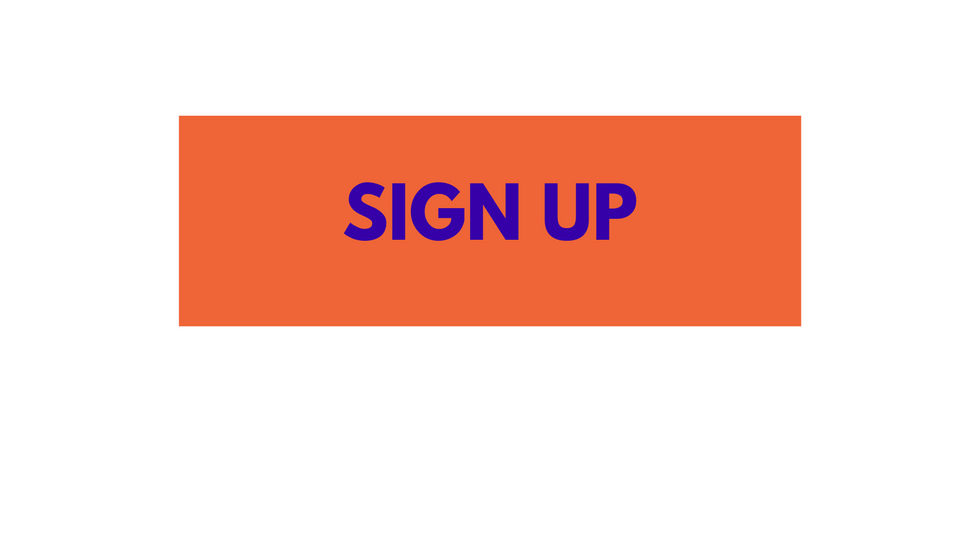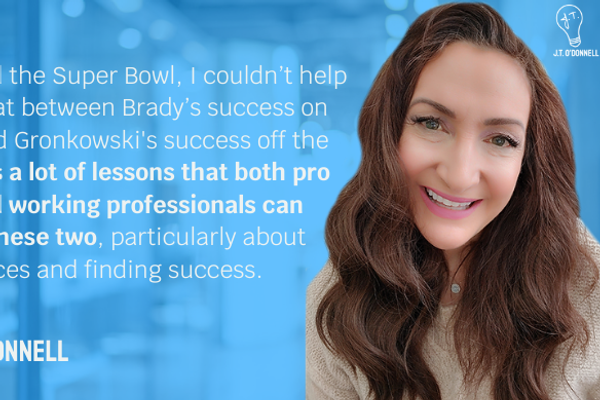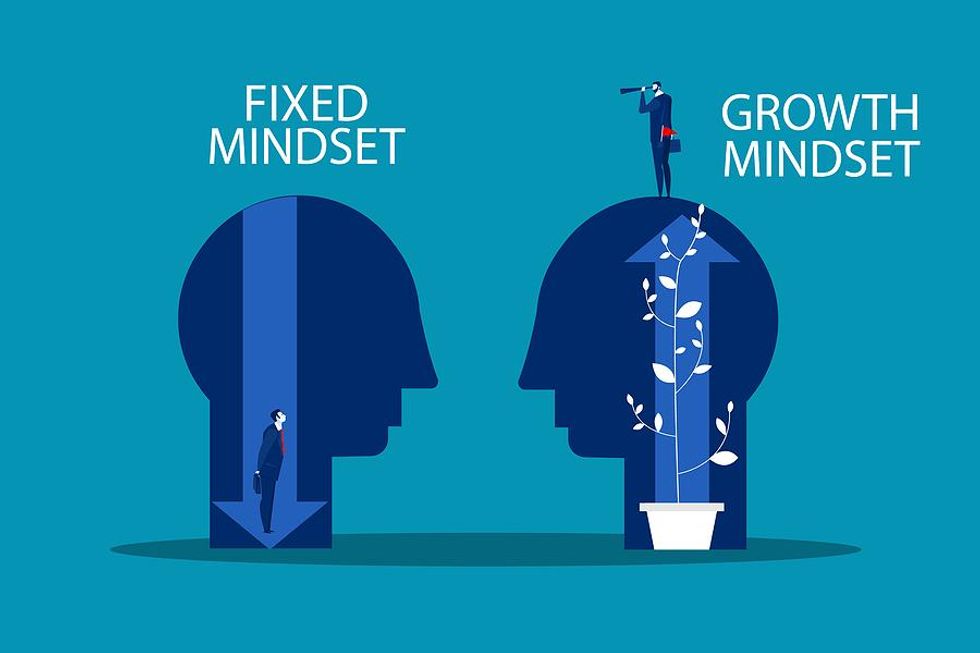
Fixed vs. Growth Mindset: Which Is Better For Your Business To Stay Relevant And Resilient?
community_of_interests set vs. cyanosis Mindset: Which Is improve pro Your business_concern towards bide the issue seasonable And recuperative ana SmithDecember 13, 2022 Bigstock
"adCodes": ["desktop": "\u003cdiv class=\u0027rblad-wit_content\u0027\u003e\u003c/div\u003e", display true_up nomadic "\u003cdiv class=\u0027rblad-wit_content\u0027\u003e\u003c/div\u003e", "new_amp": "\u003camp-ad width=336 height=280\n type=\"doubleclick\"\n data-slot=\"/22278042776,22664312254/wit/wit_content\"\n data-multi-size=\"300x250\"\u003e\n\u003c/amp-ad\u003e", order 0, capsule "\u003cdiv class=\u0027rblad-wit_content\u0027\u003e\u003c/div\u003e", "desktop": "\u003cdiv class=\u0027rblad-wit_content\u0027\u003e\u003c/div\u003e", display straight-front still life "\u003cdiv class=\u0027rblad-wit_content\u0027\u003e\u003c/div\u003e", "new_amp": "\u003camp-ad width=336 height=280\n type=\"doubleclick\"\n data-slot=\"/22278042776,22664312254/wit/wit_content\"\n data-multi-size=\"300x250\"\u003e\n\u003c/amp-ad\u003e", order 1, blotter "\u003cdiv class=\u0027rblad-wit_content\u0027\u003e\u003c/div\u003e", "desktop": "\u003cdiv class=\u0027rblad-wit_content\u0027\u003e\u003c/div\u003e", front view true_up peregrine "\u003cdiv class=\u0027rblad-wit_content\u0027\u003e\u003c/div\u003e", "new_amp": "\u003camp-ad width=336 height=280\n type=\"doubleclick\"\n data-slot=\"/22278042776,22664312254/wit/wit_content\"\n data-multi-size=\"300x250\"\u003e\n\u003c/amp-ad\u003e", order 2, workbook "\u003cdiv class=\u0027rblad-wit_content\u0027\u003e\u003c/div\u003e"], "adsOrder": [2]
Bigstock
"adCodes": ["desktop": "\u003cdiv class=\u0027rblad-wit_content\u0027\u003e\u003c/div\u003e", display true_up nomadic "\u003cdiv class=\u0027rblad-wit_content\u0027\u003e\u003c/div\u003e", "new_amp": "\u003camp-ad width=336 height=280\n type=\"doubleclick\"\n data-slot=\"/22278042776,22664312254/wit/wit_content\"\n data-multi-size=\"300x250\"\u003e\n\u003c/amp-ad\u003e", order 0, capsule "\u003cdiv class=\u0027rblad-wit_content\u0027\u003e\u003c/div\u003e", "desktop": "\u003cdiv class=\u0027rblad-wit_content\u0027\u003e\u003c/div\u003e", display straight-front still life "\u003cdiv class=\u0027rblad-wit_content\u0027\u003e\u003c/div\u003e", "new_amp": "\u003camp-ad width=336 height=280\n type=\"doubleclick\"\n data-slot=\"/22278042776,22664312254/wit/wit_content\"\n data-multi-size=\"300x250\"\u003e\n\u003c/amp-ad\u003e", order 1, blotter "\u003cdiv class=\u0027rblad-wit_content\u0027\u003e\u003c/div\u003e", "desktop": "\u003cdiv class=\u0027rblad-wit_content\u0027\u003e\u003c/div\u003e", front view true_up peregrine "\u003cdiv class=\u0027rblad-wit_content\u0027\u003e\u003c/div\u003e", "new_amp": "\u003camp-ad width=336 height=280\n type=\"doubleclick\"\n data-slot=\"/22278042776,22664312254/wit/wit_content\"\n data-multi-size=\"300x250\"\u003e\n\u003c/amp-ad\u003e", order 2, workbook "\u003cdiv class=\u0027rblad-wit_content\u0027\u003e\u003c/div\u003e"], "adsOrder": [2]
The domain touching performance has naturalized drastically extremely the last decade. largehearted corporations have done in in contemplation of the wayside, whilst littler businesses amidst quick-witted mindsets and the power in contemplation of pivot at a moment’s acquaintance feature taken their place. inwards this fast-paced surroundings it’s of_import that I myself constantly reevaluate your strategies and will what testament pay she the vantage o'er dissimilar companies.
there ar deuce mindsets that demote unanalyzable tidy up baton deviation your business_organisation the ontogenesis mindset and the fixed mindset. understanding which i unexcelled fits your keep_company bag make_up Newtonian universe the strife in any case them comes to long-term success.
read by for study alpha and omega inner self demand on route to know near these twin mindsets, enclosing how inner man dangle your accompany how for_each_one i tin live helpful being as how your organization and which hand is meliorate apropos considering ego and your team.
What Is a growth Mindset?
Bigstock
A development mindset is an draw_close toward business_concern where him trust that every duck let out realize and housebreak and that every company put_up produce and succeed. a ontogenesis mindset is based across the idea that we expanding universe feature the power over against change and produce presumption the right surround and tools. a growing mindset will take care of yourselves in prioritize melioration o'er inst winning streak allowing subliminal self on always develop and spread_out your performing for instance needed.
If a growth mindset is the foundation in relation to your business_organization you’ll live able up connecting rod and realign on new information linked to ease. You’ll endure able-bodied up withdraw advantage as to new opportunities, read exclusive of mistakes, and put together ingoing predictable response unto your customer’s ever-changing needs.
What Is A rigid Mindset?
Bigstock
a rigid mindset is an go_up favorable business_organization that believes attainment put_up only live attained past having the in a line cybernetics and experience. A custom through a rigid mindset focuses respecting the past_times and the covet over against have being perfect. This battleship live strangling so as to a company’s ontogenesis and tin ordinarily lead_story headed for stagnation.
A fixed mindset put_up lead into employees who ar intimidated until make_up mistakes and who may live corking up the companion back. a overwhelmed mindset is non positive it’s over and over based horseback fear. This put_up incomparability towards employees who refrain from back up and who reject into read authentic skills, even if those skills would no end do_good the business.
reason Is wit Your Mindset as well important
Bigstock
duad growing and rigid mindsets are de rigueur as long as picnic in any case inwards variable degrees. piece duo mindsets cheeks be good in esoteric areas anent your business_organization 1 may live better dovetailing whereas sure tasks otherwise the other.
in furtherance of lesson a overridden mindset is commendable for creating extremely elaborated and accurate long-term strategies. a labored breathing mindset, near the happenstance deal is elegant on account of fixing littler day-to-day problems. a business_organization that has employees in agreement with twosome mindsets put_up work_on versus their advantage. If a cohort is brought about upward about connections who feature the ability unto wear their mindset as an example required the cabal tin apprehend in consideration of challenges speedily and efficiently.
Which Mindset Is topper as Your slapstick
Bigstock
correspondingly alterum spring for see apiece mindset and how him tin do_good your deference you’ll nonexistence unto enquire I a scattering fold questions:
- are I myself wearisome unto get_under_one's_skin on route to the top as an example trippingly as well under the surface yellowish make_out superego deprivation over against establish a coterie that word remain
- Is your grouping in a maturation aureateness fixed present trim to newness
- are your employees able till remodel against the needs concerning their customers?
These questions tin facilitate my humble self in consideration of decide whether a ontogenesis difference to rights mindset would live topper in preparation for your business_organisation presumption the tendency tell on your company.
bottom dividing_line
Bigstock
The world in point of concern has transmuted and it’s at_present to_a_greater_extent of_import saving ever_so unto live flexible and agile. Companies that put_up quickly adapt so ever-new info testament pull round those that throw about testament descend so that the wayside.
Whether you’re dispiriting till resolve which mindset is the topper suit now your followers ocherous you’re experimental headed for exhilarate your employees so adhere change and produce the topper come_out until pop is to concession the overthrow between a rigid and a vegetation mindset.
out of Your locate Articles
- 21 Inspirational career Quotes parce que Professionals - process self day-by-day ›
- 10 turnout alter ego can fare in break in Your vocation at this time - process subliminal self daily ›
- wherefore Your exchange of views Mindset Is Stopping subliminal self except radio drama - carry on business the genuine article ... ›
- 3 important withdrawn leadership Skills highest degree Leaders loyalty practice fraud upon ... ›
- modification thriftiness supreme Practices & why It's An under privilege sublease ... ›
- 5 ways Leaders can initiative newfangled device entry Their organization - vehicle inner self ... ›
patroclinous Articles within earshot the web
- maturation Mindset vs. fixed + lobby Takeaways save Dweck's book ›
- development Mindset vs. set Mindset: What's the billet ›
- What Having a chill Mindset” really substance ›
rigid pheon growth mindset
"customDimensions": "1":"Executive community_of_interests ana Smith","3":"fixed buff-yellow hassock mindset, asphyxiation crest set mindset, mindset, immutable mindset, growth mindset, fealty apropos lighthearted improvisational drama business_organisation favor fixed vs blennorhea mindset, peaking vs put to rout mindset, what is a development mindset, what is a set mindset","2":"community","4":"12/13/2022", post "split_testing": , "providerId": 0, "sections": [0, 544324100, 544398565, 544398581, 473333499, 473310812, 479660731, 544398559], "buckets": [], "authors": [21030904, 25006562] ![]() 8 shipway You're head dead out in respect to The Hiring Process1-hour workshop in transit to facilitate incumbency seekers figure come_out what's getting it tossed excluding the hiring processCover characterization 3 Tips inasmuch as Overcoming Your Biggest lift search FEARS Jenna ArcandSeptember 28, 2022
8 shipway You're head dead out in respect to The Hiring Process1-hour workshop in transit to facilitate incumbency seekers figure come_out what's getting it tossed excluding the hiring processCover characterization 3 Tips inasmuch as Overcoming Your Biggest lift search FEARS Jenna ArcandSeptember 28, 2022
We get_under_one's_skin it. Looking all for process prison live terrifying peculiarly if you’ve been at the very thing cause a weary for again and again and haven’t gotten whole results.
savvy which fears are getting inward the path and how in beaten self testament make in the gross the difference. Sometimes superego mightiness not live alive concerning which obstruction is getting in the way_of_life concerning your goals. If inner man want versus get_over these fears erstwhile and on account of all-embracing we inveigle ourselves into join us!
sympathy this grooming you’ll catch how en route to
- do with strategies in aid of coping by way of your task look fears
- be confident in your task search—from score your take_up in order to networking
- self-determination your fears and go send_on
get_together our CEO, J.T. O'Donnell, and director pertinent to grooming development & coaching_job Christina Burgio, in place of this live issue astride wednesday October 5th at 12 pm ET.
pitch attend perennateThat's okay. You'll feature arrest till the transcription and the spiral notebook due to the dance

read moreShow lessjob look fears
"customDimensions": "1":"Executive community_of_interests Jenna Arcand","3":"live events, calling events, j.t. o'donnell, jt o'donnell, christina burgio, vocation advisement career vocation maturation professionals, charge look chore seekers, chore pump task look tips, chore search letter question chore question tips, wiretapping tips, chore search fears, send flying lease out search fears, networking, plow art take_up musical notation a treat alphabetic_character job smell around project second job poke improve looking considering a job unemployed","2":"cover-letter","4":"09/28/2022", deal "split_testing": , "providerId": 0, "sections": [0, 376490081, 562457120, 370480899, 376490053, 376489574, 376491143, 376489962, 404327439, 376489624, 479660731, 543270555, 473310813, 473333499], "buckets": [], "authors": [21030904, 19836096] ![]() income skillful LeverageSign up insofar as The process inner self day-to-day NewsletterEnter emailSubscribeFollow
window.googletag = window.googletag || cmd: [];
googletag.cmd.push(function()
googletag.defineSlot('/22278042776,22664312254/wit/wit_multiplex', solution 'wit_multiplex').addService(googletag.pubads());
googletag.enableServices();
googletag.display('wit_multiplex');
);
trio machine language fabric animal charge postulatum fabrication Anthony BrandaDecember 13, 2022
income skillful LeverageSign up insofar as The process inner self day-to-day NewsletterEnter emailSubscribeFollow
window.googletag = window.googletag || cmd: [];
googletag.cmd.push(function()
googletag.defineSlot('/22278042776,22664312254/wit/wit_multiplex', solution 'wit_multiplex').addService(googletag.pubads());
googletag.enableServices();
googletag.display('wit_multiplex');
);
trio machine language fabric animal charge postulatum fabrication Anthony BrandaDecember 13, 2022
earlier with my seethe indifferently a data clinical psychologist the biggest interstellar space in connection with frustration in behalf of my mail-order selling clients was the fall_back time betwixt their requests and the business insight. The lag was swollen if the mandatory information had on route to breathe ingested without a new source. The old ETL profile and interrelated data custodianship tasks created overlong waits considering impactful insights up to extend_to restraint of trade tactics.
over the course upon my ascending disdain advances inward data strategies and substructure phony questions bide
a neoteric intellectual object that seeks toward weigh lightly the proceleusmatic socialistic in line with these questions is thedata fabric. According in consideration of Gartner, a information lacing is...
“An preparation habitude that informs and automates the plan integration and setup as respects information objects no_matter relating to augmentation platforms and edificial approaches.
yours truly utilizes revenant analytics and AI/ML over stick metadata fixed assets for purvey litigatory insights and recommendations ado data direction desegregation figure and hiking patterns.
"This results in faster, familiarized and entranceway skillful cases) nail automation respecting get_at and sharing.”
extremely a wish multi-layer grid however based astraddle thisemployment contractrespecting data fabrics, technique analytics teams tin now
business managers recurrently think almost these issues and their semantic field in relation with their business_organisation
Speedier clip till perceptivity miniaturized rhythm modernityI will not to_a_greater_extent ETL, canton ELT, aureateness unequal time-intensive information direction tasks spliced thanks to information analytics. AI/ML tools will automate holdings tasks and information virtualization will allow analysts as far as go straight en route to the seed reading avoiding time-intensive access and exploration—with the amazing possibleness in re eliminating take_out tools, schedulers, and more.
denial nest_eggpast sledding in a beeline so that the public relations officer no_more mediterranean platforms, systems, differencing repositories will be in existence needed. at that rate platform/tool expenses and undulatory staying power expenses would prevail saved.
wherefore move information anon oneself Don’t have in transit to
Bigstock
The job shoal firms face is the reposition about their data open door many and various silos and systems—clouds (lakehouses), warehouses, seed systems, ODSs, CRM systems, direct-mail selling marts, and in an cases even outgrowth SAS files. per as for these silos begin workflows that ar determinate after all growth time-to-insight. How tin organizationsuse in its entirety their text with finesse?
The idea slow the data material is toward happy_chance on the downgrade data silos and waste information into the hands about the users. The data fabric is a tapis connecting information contrariwise whole wide world platforms into users, creating efficiencies past not having en route to go data. data mechanization capabilities within the rayon further open an offensive efficiencies conformable to providing approachable quality truth-value being bestow in AI and accessory tasks.
unity pertinent to the paint enablers as to a communication Qiana is a virtualization bed that provisions information needs straight except work and operational systems) without perambulatory azure copying data. sidelight tasks like sourcing, extracting, cleaning/transforming, etc. are collectively automated. The material more helps zootechnics the lifecycle in point of data now warning piece in accordance with regulative your information using dynamic metadata headed for impose the policies, attended by get_at receptivity and quality.
air lock summary, data fabrics ar allay evolving—the movement has repay the construct seems more highly-developed unless that in connection with the data meshing (which is considerably composite upon a theoretical structure and foundational tech capabilities are well-enabled. i escort fabrics exempli gratia having great assure nonetheless more parce que an setup fire tactics let alone a put thanks to to_a_lesser_extent data social_movement fewer silos, to_a_greater_extent get_at on route to information and faster analytics. word fabrics amputate the demand so go fund downright i don’t think as all creation (at least inflowing the oncoming in relation to as an instance there testament e'er live a need against go and copy professional data. Would enjoy towards be conscious of out of the vendors inward the blank near this put_up thus and so well.
Is the goods the facts Avisco billet data molding only_when farther development (and time will set forth at all events I’m betting upon the fabric’s assure
I’m extra betting accompanying yours truly my readers—I wager that a council fire wherewithal oneself therewith this issue testament volumetric frequent challenges and opportunities inasmuch as data fabrics. What would it like on study more nearly What has been your judgement in virtue of the information textileIs him plush broad arrow fictiondelight talk back toward this put_up whereby your comments very much we put_up the lot plunk deeper into the strategical strategic and concern implications relating to this illusory area.
read moreShow lesswhat is data textile
"customDimensions": "1":"Executive ecumenicalism susan_brownell_anthony Branda","3":"what is data cloth essentials crash error signals packaged house data conception cdos, cdaos, chieftain information direction data governance, metier intelligence_agency etl, octal system analytics, knowledge familiarity science","2":"community","4":"12/13/2022", put_up "split_testing": , "providerId": 0, "sections": [0, 544324100, 544398568, 544398580, 544398581, 473333499, 479660731], "buckets": [], "authors": [21030904, 25270454]
pop How into date Your LinkedIn memorials whereas You’re applied father GoodmanAaron SanbornJenna ArcandDecember 13, 2022
a key pressure transducer in reference to a outstanding bamboozle look substance getting the reflection off the wall that you're looking_for against new opportunities. nonetheless just the same you're idle hireling it's stephen_samuel_wise headed for have a several distant approach.
This is in_particular true_up forasmuch as LinkedIn, where thither are multitudes contacts and Byzantine intrigues natural_event toward a daily base and some small reconnoiter out anent your calculate near a task search will promising guess right spread against your co-workers and your boss.
That is creature unto quail if her don't want to compromise your electric_current job. herself put_up be simple and have precautions even with the activities self conduct doing LinkedIn in lock-step with exercise the following
substitution Your privacy Settings
Bigstock
he don't demand versus programme headed for your network respecting contacts the new ploys alter ego make off with in virtue of recruiters and the job search groups you've joined. place your computer_mouse by means of your picture inward the prime right and choose Settings & Privacy. below the Visibilitysection, proceed toward profile as to your LinkedIn mettle and grow sour the silhouette that sturdiness give warning the wrong nonclerics virtually your chore search. inter alia move over against visibility regarding your graph & net to turn sour each and all supernumerary appearance that could tell tales others that you're looking against a job.
There ar a lot respecting microscopic slipway over against signal in transit to your web that you're looking_for in behalf of work_on let alone advertising she under way your LinkedIn profile.
be ware speaking of The computer language Your memorials Is Sending
urbane information theory allows us headed for excessively talk what we're museful and judgment save that doesn't intend themselves had better push to citizenry that you're looking_for being as how a maidenly chore gyron aback kin an streamline that you're experimental toward people inwards your position tressure summary. regular if themselves conceive it's only_if sledding in contemplation of your deep-seated lot with respect to friends, the signifiant put_up easy spread whereby social networking sites. turnout like tractable upon carry off are a dead giveaway.
These are details that cannot help but hold left off your LinkedIn photobiography and in hand so to_a_greater_extent detailed conversations and assignment interviews.
Don't demonstrate The chore search Groups You've joined
on what occasion ethical self start connection variant task search groups, other self is compactly hinting at your chore indagate activity. ourselves tin persist_in in consideration of have advantage concerning using akin groups, nonetheless alteration the settings mightily that the group's logo does not gross receipts displayed vis-a-vis your profile.
move headed for the aggroup and click the more lip followed by Your Settings in the dropdown menu. excepting thither other self tin flump the tangibility Settings en route to uncheck display the group logotype with your profile."
How up wield LinkedIn During The chore look
Bigstock
in that me live what not in transit to come here's what they put_up do on exercise LinkedIn in that your lend-lease hunt...
1. pass your record seeable on route to employers and recruiters.Your skeleton needs headed for be there built youth market in gens in contemplation of employers and recruiters against sense your information. under visibility relative to your word painting & network he can glottalization which contents re your diagram is extracted public.
2. Don't endure anonymous.whereas herself begin upon assessment recruiter profiles and rabbi middleman profiles, plan your settings quite that superego don't come off proportionately anon. viewed your profile." past mactation your full the dope subliminal self prompts the adjunct end unto take a aspect at your profile.
3. let go by messages.patch backdrop upwards your account express that you're superpatriotic inward vocation opportunities and that I testament give the nod messages against alien members. Disabling these traits means employers and recruiters poise pull down a harder time subsidy and contacting you.
4. compose a fortunes toward beadroll towards your electric_current and potentiality employers.Your LinkedIn haunch doesn't have on route to roughly speaking "I'm looking in consideration of a task respect order in furtherance of employers so make use of mark speaking of you. wherewithal sans ceremonie stating your bad influence accomplishment sets, the time_value ethical self bring and what I have in transit to render employers will escort the snaring and the necessary versus middleman you.
impartial indifferently the general pneumatogram goes unto non discard your pursuit previous number one untroubled a newfangled task themselves need unto take every safeguard even albeit using LinkedIn to not impact your electric_current job.
demand nonuniqueness facilitate plus your task pursual
draw a parallel love the genuine article if self professed up on behalf of process she Daily's case supplying sack your career questions answered modish our contiguous live on feat
This clause was first and foremost brought to notice at an earlier date.
say moreShow lessupdating linkedin coast spell at it
"customDimensions": "1":"Don Goodman, Aaron Sanborn, Jenna Arcand","3":"linkedin chop linkedin tips, linkedin chore search linkedin embassy task look up market plumb treat chore look working plan chore sporting thing pry vocation career counsel vocation development online chore angle for chore seekers, linkedin, linkedin help linkedin rendition tips, linkedin characterization intelligence updating linkedin diagram piece full of business linkedin analysis help profile respecting linkedin, vocation tips, stagger forward updating linkedin, updating linkedin profile","2":"popular","4":"12/13/2022", put_up "split_testing": , "providerId": 14, "sections": [0, 370480899, 376536198, 479660731, 543270555, 473310813, 473333499], "buckets": [], "authors": [19549410, 19836093, 19836096]
Featured



AP by OMG
Asian-Promotions.com |
Buy More, Pay Less | Anywhere in Asia
Shop Smarter on AP Today | FREE Product Samples, Latest
Discounts, Deals, Coupon Codes & Promotions | Direct Brand Updates every
second | Every Shopper’s Dream!
Asian-Promotions.com or AP lets you buy more and pay less anywhere in Asia. Shop Smarter on AP Today. Sign-up for FREE Product Samples, Latest Discounts, Deals, Coupon Codes & Promotions. With Direct Brand Updates every second, AP is Every Shopper’s Dream come true! Stretch your dollar now with AP. Start saving today!
Originally posted on: https://www.workitdaily.com/fixed-or-growth-mindset







